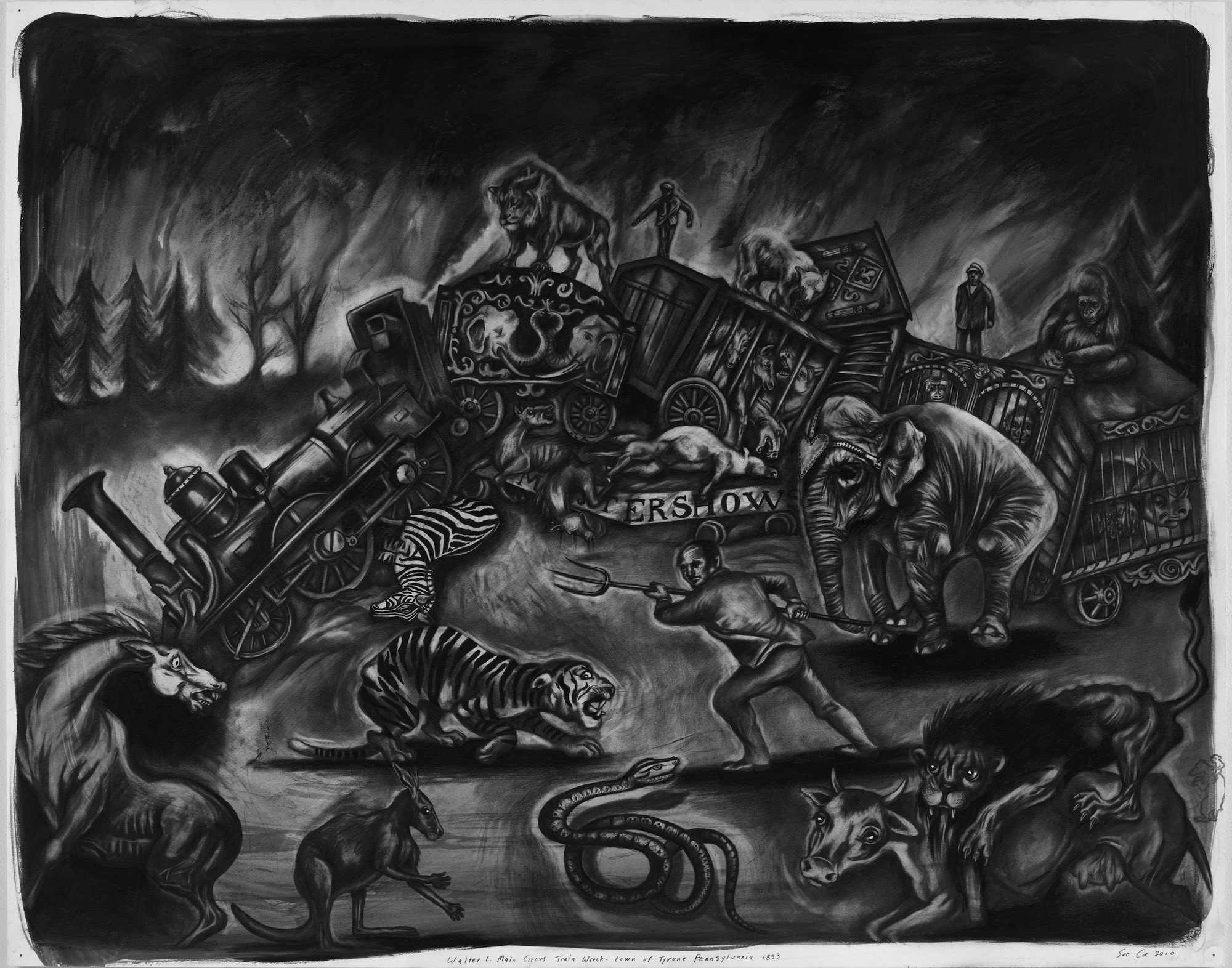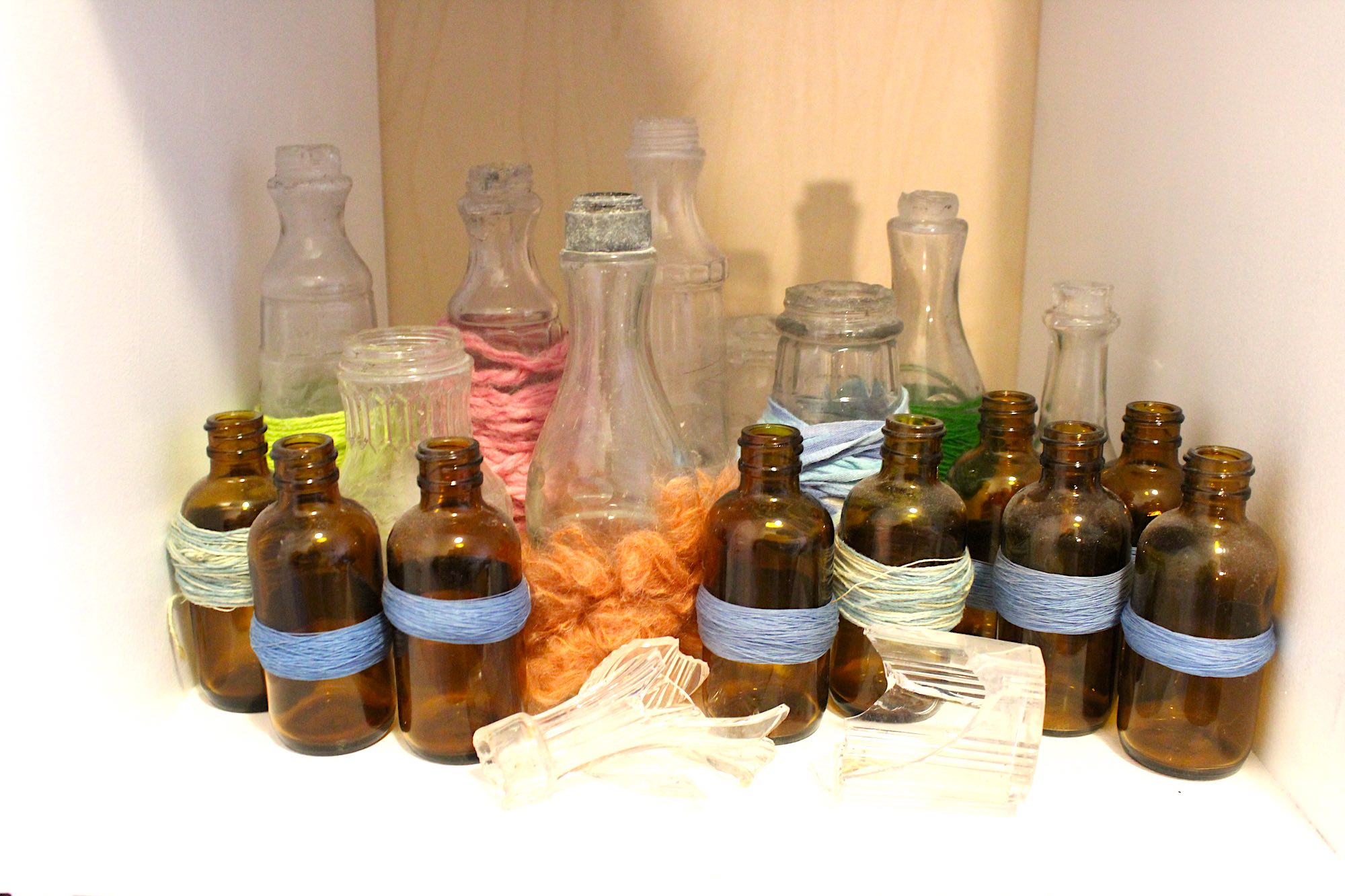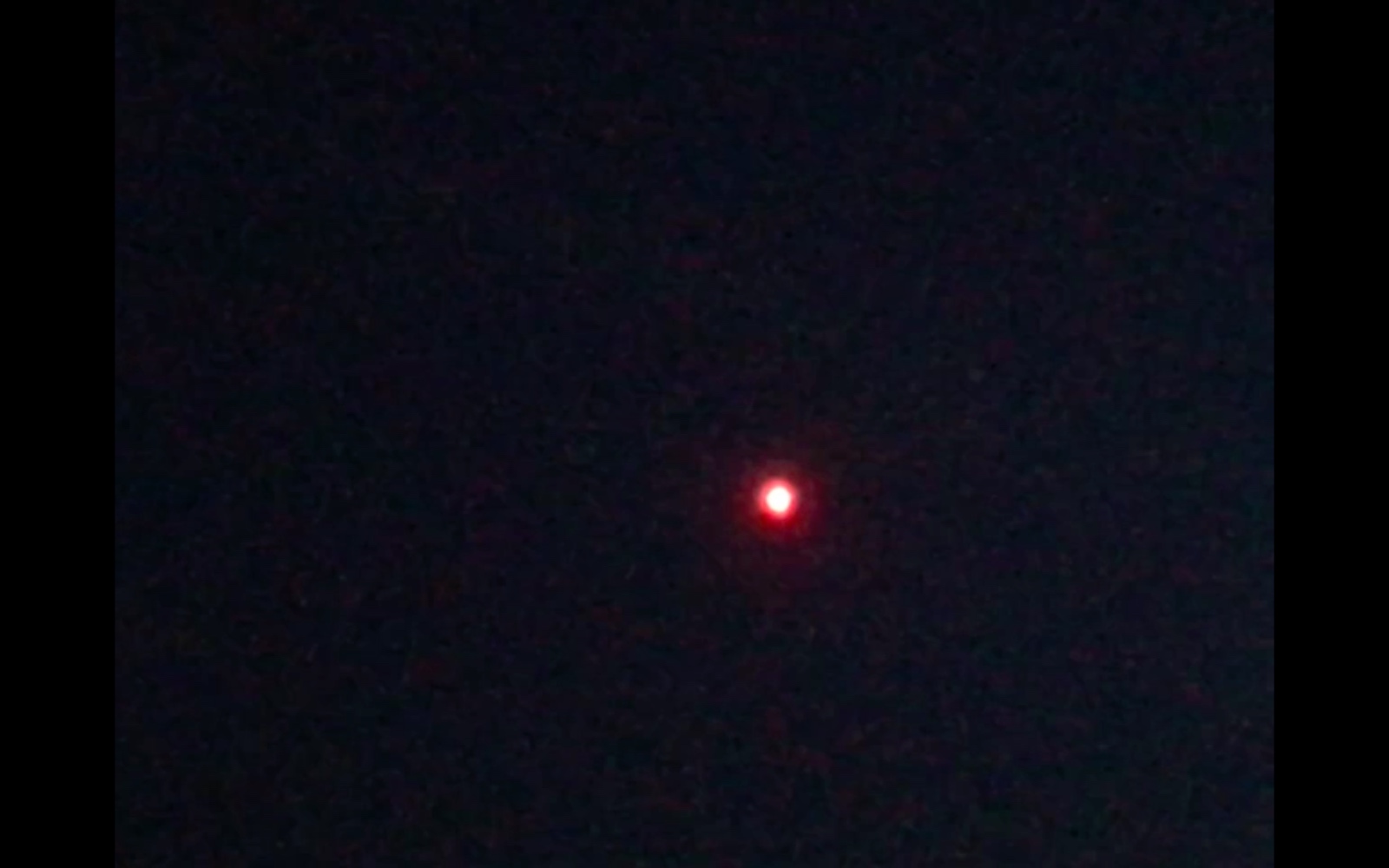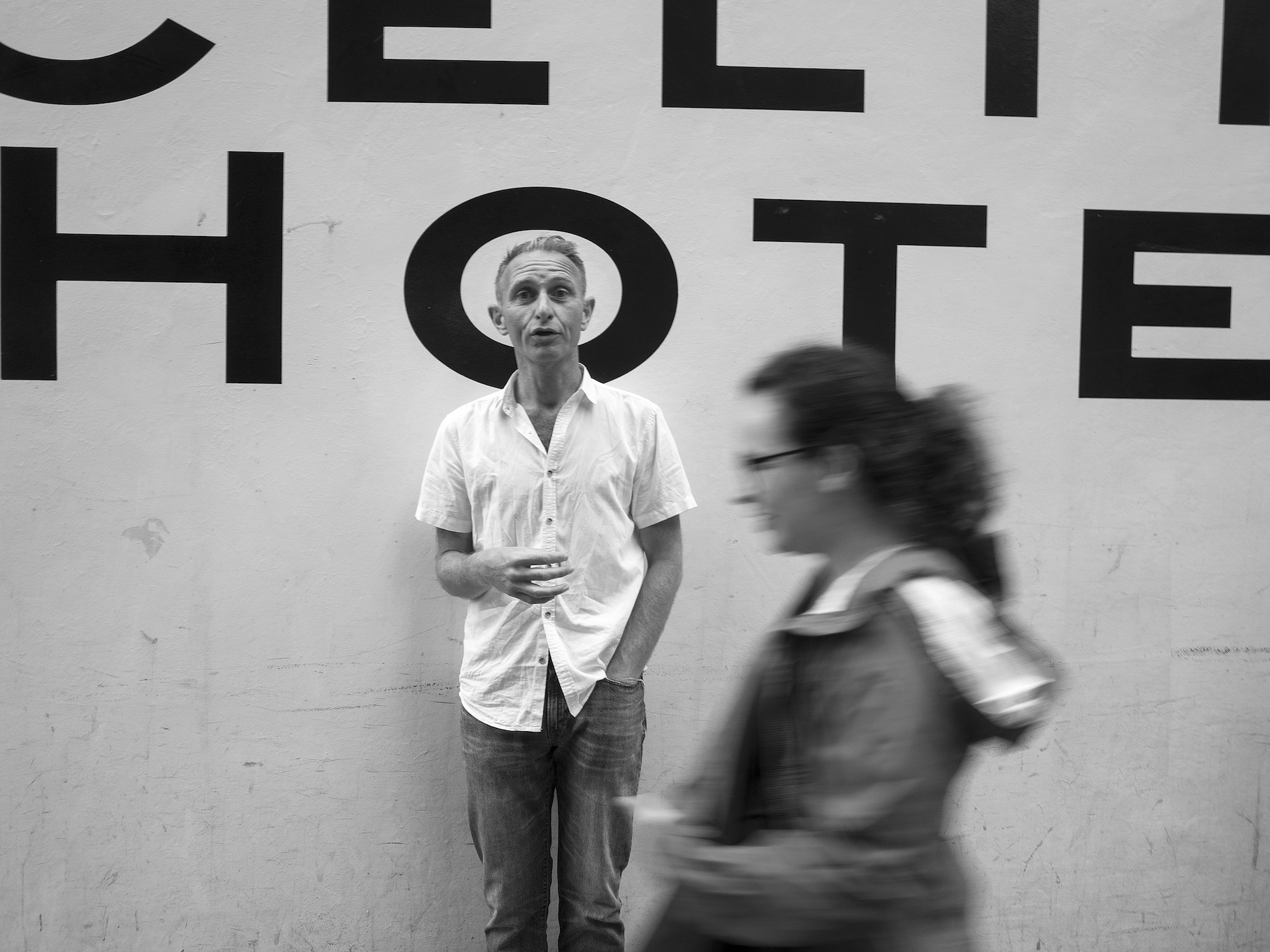Zooicide

Zooicide – Seeing Cruelty, Demanding Abolition by Sue Coe is a collection of the artist’s thought-provoking work focused ‘on the physical and psychological cruelty meted out to animals in zoos’. This extract is from the book’s essay by Stephen F. Eisenman, a New York-based professor of art history, and activist.
Sue Coe is an accomplished painter, but the majority of her works are drawings or prints that rely upon the drama created by darkness and light. Sunshine and shadow, deep gloom and sudden illumination, and half-light—that in-between that can trigger feelings of anxiety or even terror—comprise Coe’s principle formal language. It’s there in her early works such as Sharpeville ([below], 1982), from the anti-Apartheid collection published as How to Commit Suicide in South Africa;Wheel of Fortune (1989), which depicts a pig slaughterhouse like a Dantean circle of hell; and her AIDS Suite (1994), which unflinchingly depicts the suffering of victims while implicitly condemning the U.S. government’s slow response to the epidemic. Coe’s best-known single work may be the drawing Modern Man Followed by the Ghosts of His Meat , 1990, later produced as a large edition photo-etching. It’s a nighttime vision of innocent animals haunting a fast-food eater. It’s one reason I became a vegan.
Sue Coe, Sharpeville, 1982.
In deploying the resources of black and white, Coe rightly places herself in the lineage of graphic artists that include Albrecht Dürer, Rembrandt, Francisco Goya, Théodore Géricault, Honoré Daumier, Odilon Redon, and a number of German artists from the early-twentieth century including Otto Dix, Käthe Kollwitz, and George Grosz, as well as the photo-collagist John Heartfield. Unlike many contemporary artists, she is steeped in the history of art. One macabre example of this filiation with past artists is Coe’s Head of the Giraffe Marius, which recalls Gericault’s Head of a Guillotined Man. Both require the viewer to see the severed head as at once a thing and a person, a still life and a portrait, and demand the spectator to consider the ethics of looking. Coe’s manner of drawing here and elsewhere in her work is relatively conventional, with tonal modeling used to create form and space. In some cases, however, for example the drawings titled Butcher ([below] 2011) and Never on Her Knees, the artist utilizes both the heightened chiaroscuro and flattened or telescoped space of the Expressionist painter and graphic artist Max Beckmann to recall the Nazi era and its multitude of crimes. The inevitable conclusion is that animal slaughterers are like Nazis and meat eaters are their willing accomplices. Fascism is found, she argues, wherever the powerful exult over those with less strength, wealth, or opportunity.
Sue Coe, Modern Man Followed by the Ghosts of His Meat, 1990.
Sue Coe, Head of the Giraffe Marius, 2016.
The drama of black and white is everywhere apparent in Zooicide. It’s found in the Harambe and Szenja linocut series, the tragic narratives of which unfold like a mini-graphic novel. We see it in the grotesque lithograph Conservation, which depicts the Grim Reaper feeding exotic animals—a bear, giraffe, and elephant—into the gaping maw of a human zoo. It’s also apparent in a pair of poignant giraffe drawings, Painted Friend and Mother and Child . At a purely formal level, both drawings rely upon a middle tone of gray—used as a background—to bring the animal protagonists into sharp relief. Their patterned bodies are themselves, of course, comprised of the contest of black and white. The first of these works is also a subversive meditation upon the power of art. The ancient Greek painter Zeuxis, according to Pliny the Elder, was so skillful at mimesis that when he painted a still life with grapes, birds alighted and attempted to eat them. Coe shows something similar—a giraffe lowering her neck to nuzzle the form of an antelope painted on the wall of her enclosure.
“Coe’s best-known single work may be the drawing Modern Man Followed by the Ghosts of His Meat , 1990, later produced as a large edition photo-etching. It’s a nighttime vision of innocent animals haunting a fast-food eater. It’s one reason I became a vegan.”
But what the artwork really argues is that art can sometimes be a handmaid to cruelty. The keepers at the Como Zoo are so heedless of the needs of the animals in their care, that they will encourage an animal to seek comfort through physical contact with cold bricks painted to resemble a living being. Mother and Child is thus the rebuke to Painted Friend, a reminder that love is found wherever animals are, and that art is not a substitute for a living thing.
Sue Coe, Butcher, 2011.
Circus Train Wreck is a big drawing that relies upon subtle light effects to heighten a surreality found in the subject itself. In May 1893, a train carrying animals belonging to the Walter L. Main Circus and Menagerie crashed in Tyrone, PA. Fourteen out of seventeen rail cars tumbled down a ravine, either killing or freeing the captive animals. The dead included fifty horses and a pair of cows described by circus promoters as “sacred.” Among the liberated were a gorilla, tigers, lions, zebras, alligators, elephants, and camels. Many of the escaped animals—including the gorilla and elephants—were quickly recovered, but others were killed, including a tiger who remained free for several days but was shot to death after attacking a local (not holy) cow. Some animals, including a kangaroo and a few snakes, appear to have escaped into the nearby woods and were never recovered. Two years later, someone claimed to see a kangaroo hopping across a road, but the sighting was never confirmed, and there are no known marsupials (apart from opossums) roaming today in eastern Pennsylvania.
Sue Coe, Circus Train Wreck, 2010.
Coe’s drawing of the scene collapses several days into a moment—a crepuscular snapshot of destruction, death, fear, and perhaps hope. The composition is a great, flattened pyramid anchored at the bottom by a frightened horse at lower-left, a kangaroo, a snake, and a lion attacking a cow. Above that we see a man with pitchfork battling a tiger, as well as a dazed elephant, a dead zebra and five mangled railway cars, their animal cargo either free or trapped inside. (A rhinoceros is visible in the carriage behind the elephant.) At the upper right, a gorilla—he was known as The Man-Slayer—sits placidly on top of a train carriage surveying the scene. As usual in Coe’s works, the history of art is present in abundance: the frightened horse recalls the one attacked by a lion in George Stubbs great painting of aHorse Attacked by a Lion ( 1769); the coiled snake invokes the famous Gadsden flag (1775) from the American Revolutionary War that contained the motto: “Don’t tread on me”; and the lion attacking the cow again reminds us of Stubbs’s painting, and also the well-known Hellenistic sculpture of a Lion Attacking a Horse (c. 300 BCE) in the Capitoline Museum in Rome.
Sue Coe, Reflection, 2018.
Coe’s self-portrait linocut recalls a number of prior self-portraits-with-animals in the history of art, including Hogarth’s Gulielmus Hogarth ( 1749) showing the artist and his pug named Trump, Edwin Landseer’s Portrait of the Artist with Two Dogs (1865), and Frida Kahlo’s Self-Portrait with Monkey (1938). Each of these earlier works reveals a strong identification between artist and animal: in the first case a common feistiness (pugnaciousness); in the second an acknowledgement of the shared nature of the professional enterprise; and in the third an equivalent wildness and hirsuteness. But how could Sue Coe have identified with an eight-armed mollusk from the order Octopoda? Coe recently told me: “She was in a tank at Syracuse Zoo, and I loved her more than anything. She shows stereotypical behavior.”
Octopuses, we now know, are extraordinarily intelligent despite the fact that they have an entirely different body-form than humans, mammals, or birds. (Two-thirds of their neurons are housed in their tentacles, meaning that they think with their fingers as well as their head.) They have great memories (both long and short term), remarkable problem-solving abilities, the ability to make and use tools, and a penchant for playfulness. Most of all, they love freedom and will perform extraordinary feats in order to escape any container that holds them. And this may be why Coe is so attracted to octopuses; they express her overall, political project with utmost clarity: 1) to recognize the personhood of all other individual animals, even those evolutionarily most remote from us; 2) to acknowledge, through the act of witnessing and reporting, the suffering of animals; 3) to protest the transformation of animals into capitalist commodities, and their thingification; and finally, 4) to represent the agency of animals, that is, their will to freedom, and their desire to maintain lives in keeping to their own natures. Reflection announces that all animals held in captivity or otherwise denied their freedom—non-human and human alike—are victims of zooicide, and that like Sue, we all have the responsibility to witness, represent, and resist.
All art by Sue Coe, Words by Stephen F. Eisenman.
Zooicide: Seeing Cruelty, Demanding Abolition is published by AK Press
Sue Coe is a visual artist with a particular focus on the atrocities committed by people against animals. Coe is the author of many books, including Dead Meat, and her work has appeared in the New York Times, The New Yorker, and Rolling Stone.
Stephen F. Eisenman is a professor in the Department of Art History at Northwestern University. His William Blake and the Age of Aquarius was selected as one of the best art books of 2017 by the New York Times.
Author account for the Good Trouble hive-mind.











